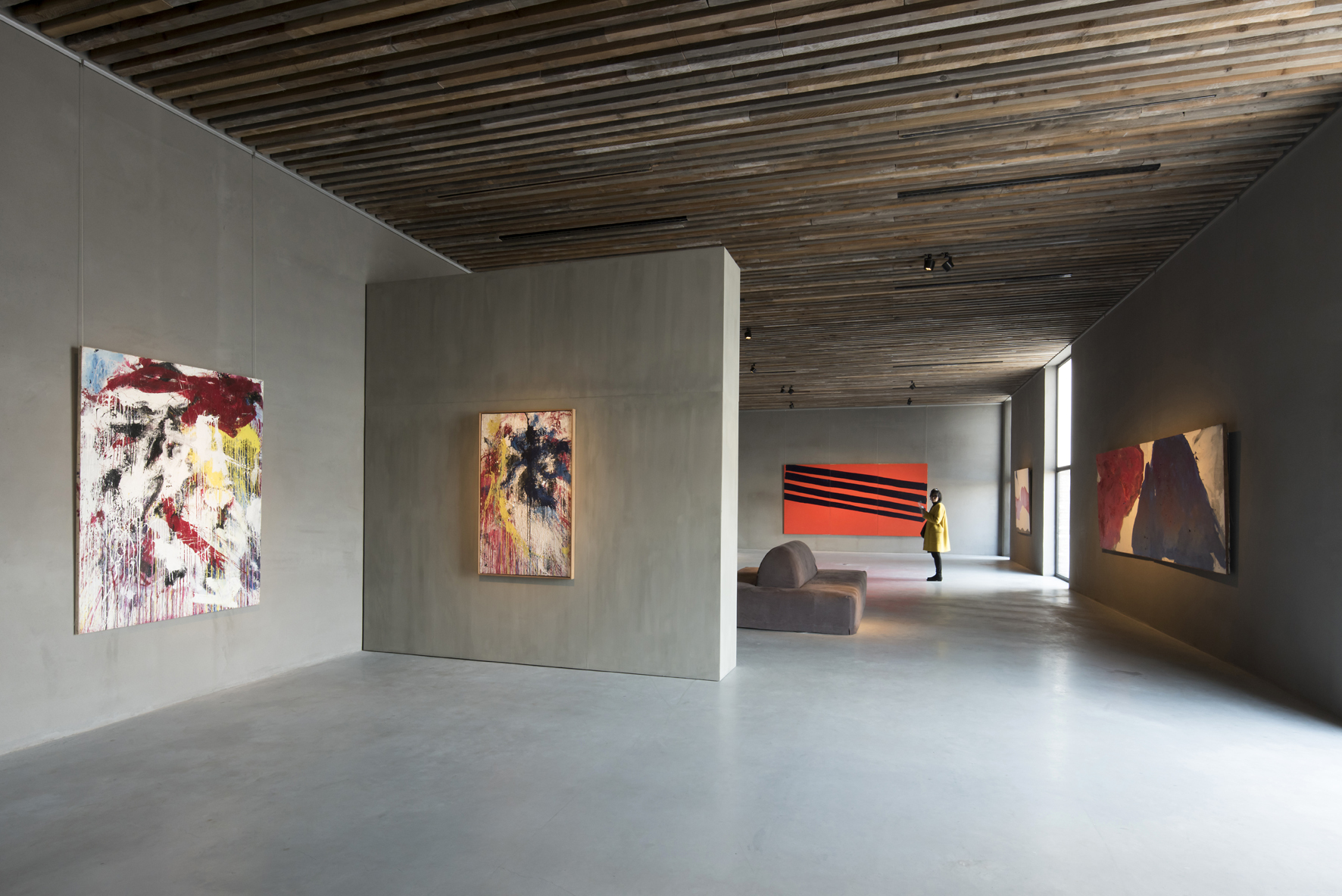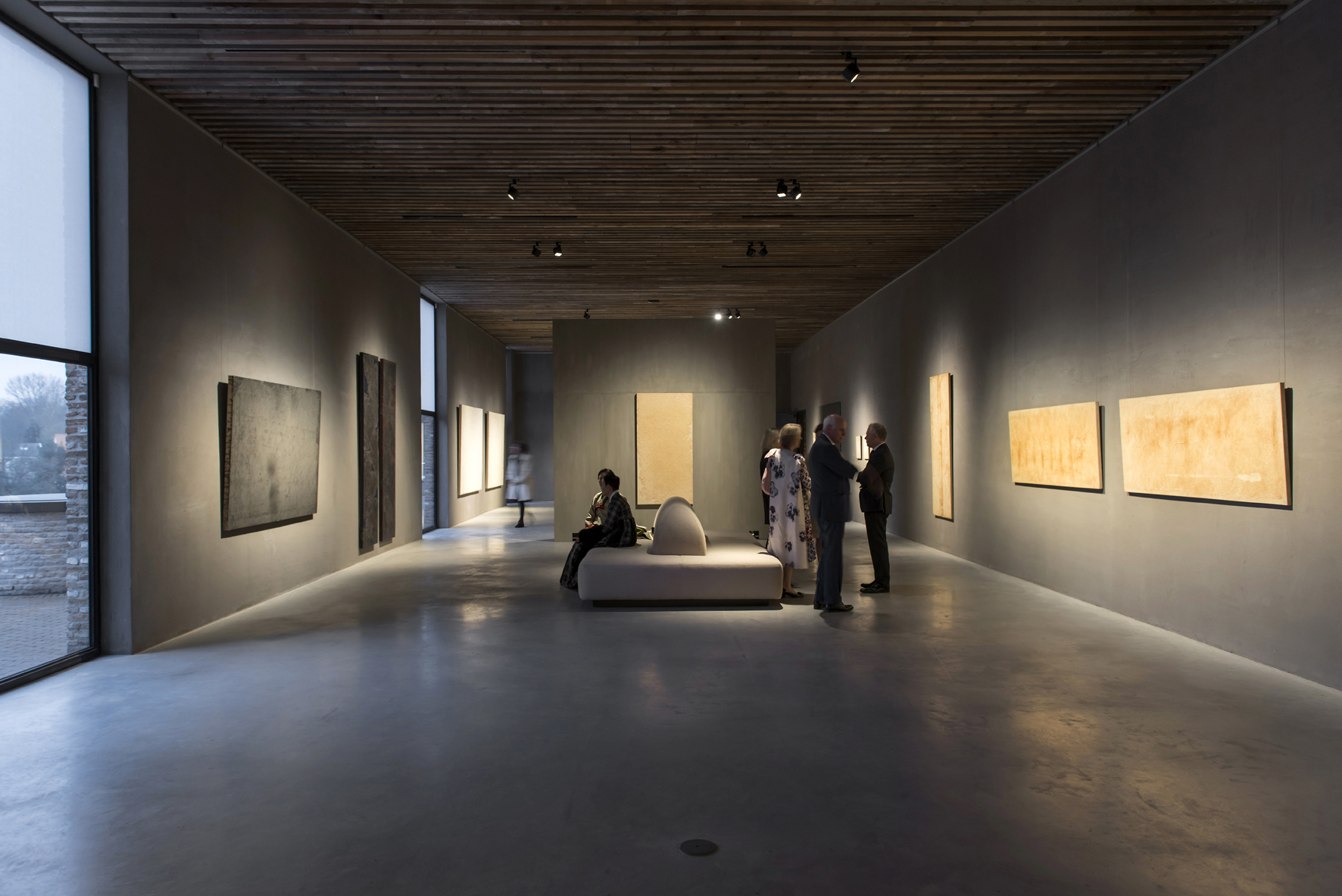Photo: Thomas Mayer © ERCO GmbH
Superlative Art: Axel Vervoordt's Kanaal Project
Kristina Raderschad
Photo: Thomas Mayer © ERCO GmbH
Location: Wijnegem, Belgium
Client: Axel Vervoordt Company
Architecture: Axel Vervoordt r.e., Bogdan & Van Broeck, Coussée & Goris, Stéphane Beel, Tatsuro Miki
ERCO Products: Parscan, Pollux
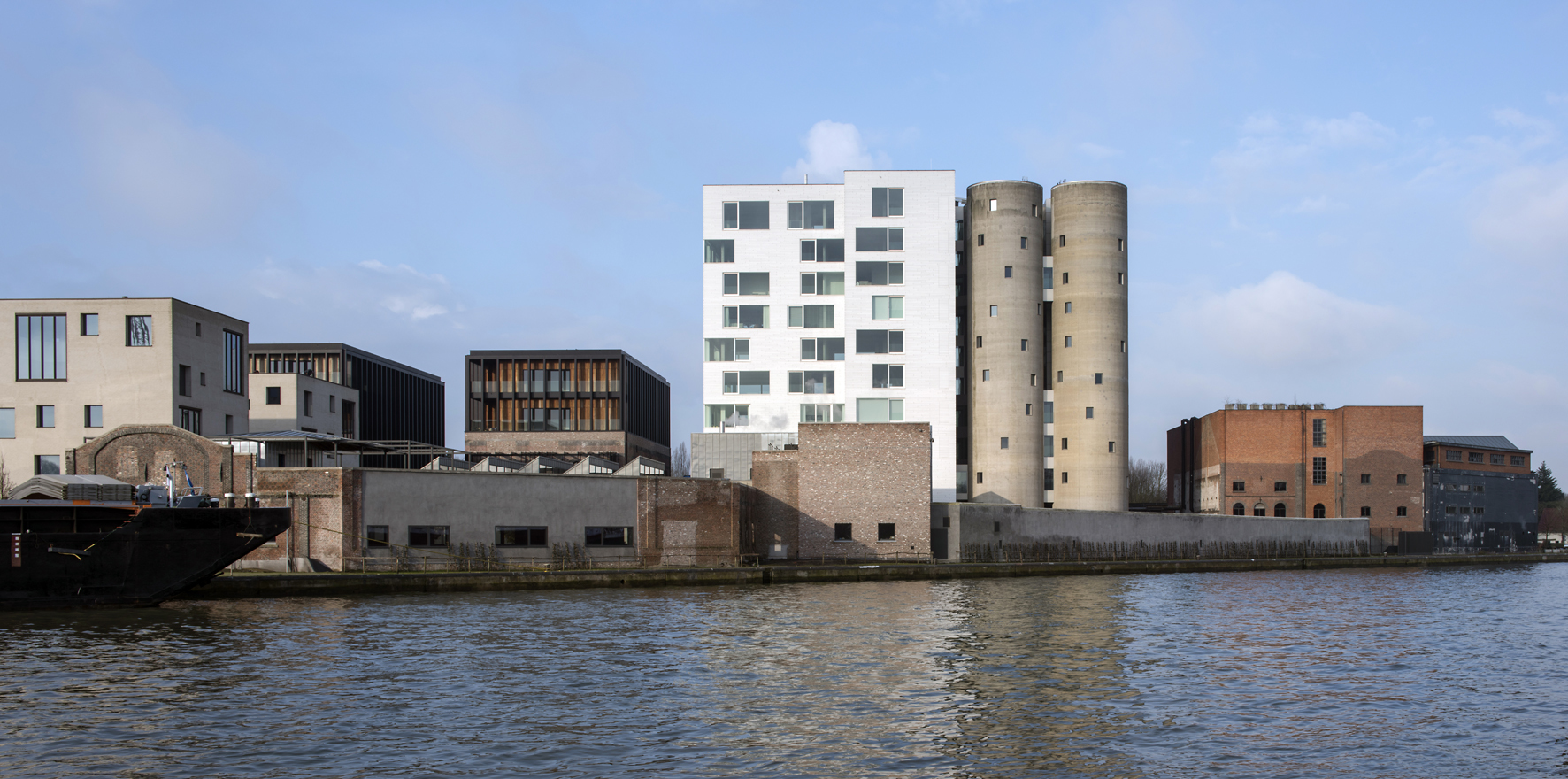
Photo: Thomas Mayer © ERCO GmbH
Art and antiques dealer, collector, and curator Axel Vervoordt has made a name for himself internationally by combining antique and contemporary art from East and West and displaying it in atmospherically illuminated rooms. The Belgian founded his eponymous company in Antwerp in 1969, on a small street with restored 16th century houses that have since gained cult status. Starting in 1998 Axel Vervoordt and his family gradually acquired the 55,000-square-meter site of a former distillery on the Albert Canal, a picturesque waterway linking the Belgian cities of Liège and Antwerp.
With the aid of several Belgian architectural practices over a period of almost two decades, they transformed and supplemented the industrial heritage site to create a cultural complex that offers apartments, offices, studios, an auditorium, a restaurant, and spaces for art. The historic warehouses, and silos made of brickwork and concrete, as well as a former chapel, now serve as exhibition spaces. Artworks from the Axel & May Vervoordt Foundation by such renowned artists as Anish Kapoor, James Turrell, Marina Abramović, Otto Boll, and Tatsuo Miyajima can be viewed as permanent installations in the formerly industrial spaces. Three rooms for temporary exhibitions were also created at the Axel Vervoordt Gallery.
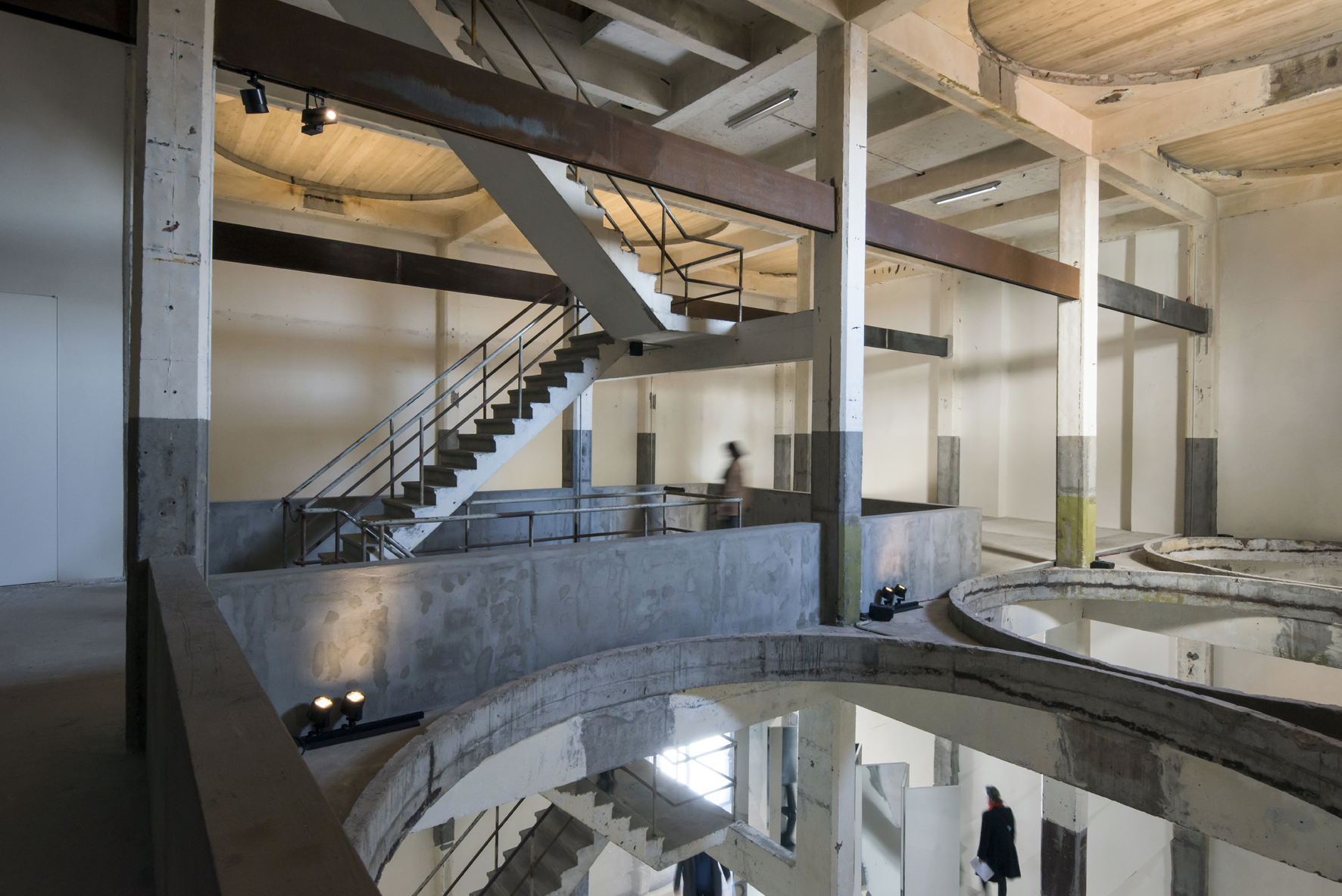
Photo: Thomas Mayer © ERCO GmbH
A tour, free of charge for visitors, connects the galleries and exhibition rooms of the Kanaal area. The Escher Building, with a clear room height of around ten meters, nested staircases, and circular ceiling cut-outs where steel silos once stood, impresses with highly unusual visual relationships. From there, a walk across the complex leads past a central concrete building surrounded by water basins that accommodates Anish Kapoor's monumental work At the Edge of the World.
Beyond is a new building designed by Axel Vervoordt in close collaboration with the Japanese architect Tatsuro Miki; it was created with maximum consideration for mathematical principles and proportions and is shrouded in natural light. Here he presents works of art from the collection of the Axel & May Vervoordt Foundation, including works by renowned Zero and Gutai artists. Dark gray-toned walls create a contemplative atmosphere that promotes a more intense observation of the art. The glare control and precision of the Parscan spotlights enable this stimulating interplay of light and dark. ERCO LED lighting tools also demonstrate a high degree of flexibility and efficiency in the atmospherically diverse temporary exhibition galleries on the floor above: With a minimal number of luminaires, paintings and sculptures are illuminated with maximum impact and pinpoint precision.
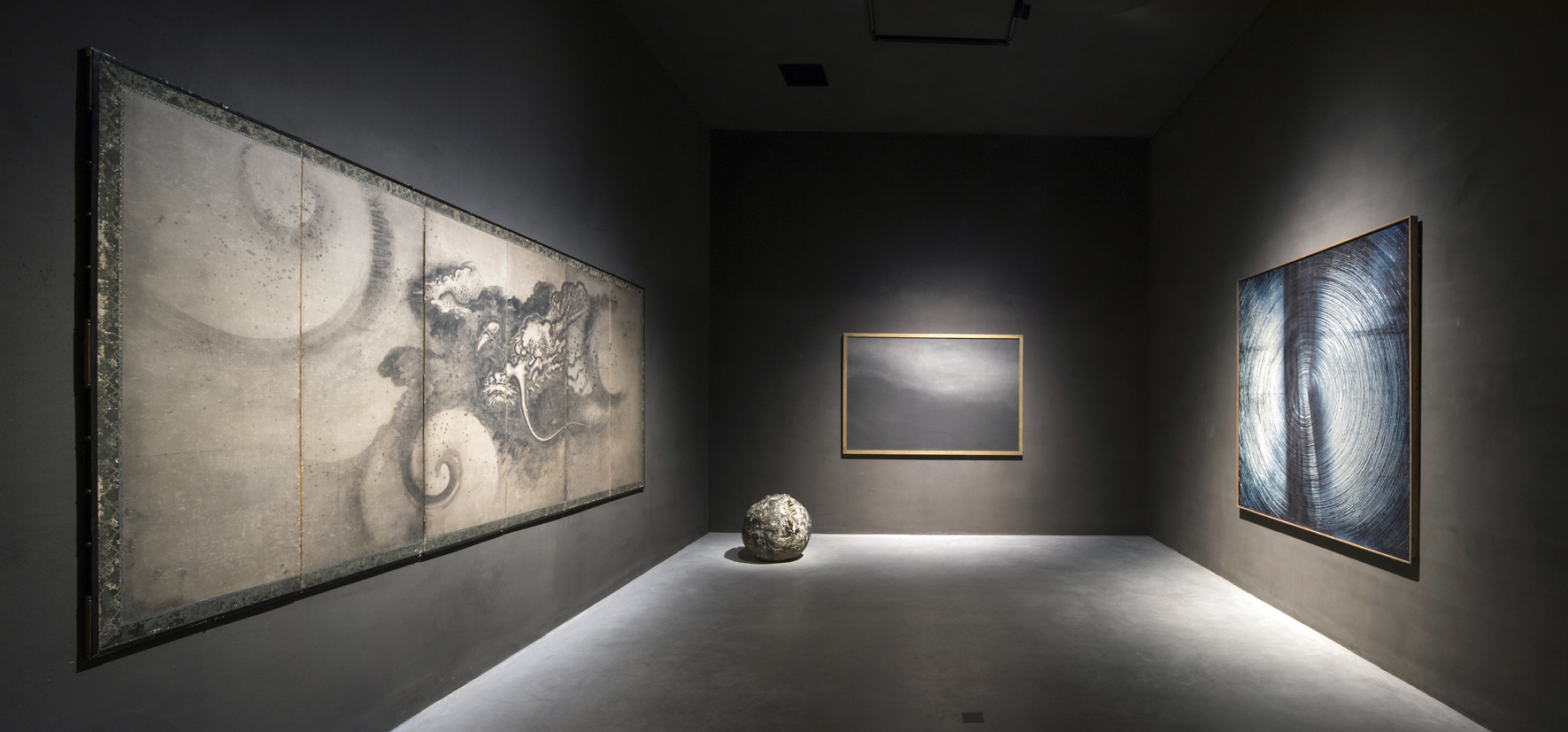
Photo: Thomas Mayer © ERCO GmbH
Exhibitions change four times a year in the Kanaal’s Escher Building, Patio Gallery, and Terrace Gallery. The spaces accommodate paintings and drawings, photography, and media art as well as sculptures in various formats. Some exhibition concepts also require separation of the spaces through the use of movable partitions. In such cases Axel Vervoordt's scenographer, Chris Pype, adapts the ERCO LED lighting tools to the new layout and exhibits. The Spherolit lenses of the Parscan and Pollux spotlights can be exchanged without tools. The exhibition organizers are able to, for instance, convert their luminaires from narrow beam spotlights to wide beam floodlights.
Asymmetric light distributions, such as oval flood and wallwash, are also possible, enabling the light beam to be optimally matched to the artworks on display. Projection of the light via lenses achieves high-lumen accents even with low wattages. With LED modules of 6 and 12 watts respectively, Pollux and Parscan feature compact luminaire dimensions. The spotlights have a highly discreet appearance in the atmospherically dark rooms of the converted industrial buildings, so the viewer's attention is focused solely on the superlatively illuminated, high-caliber works of art.
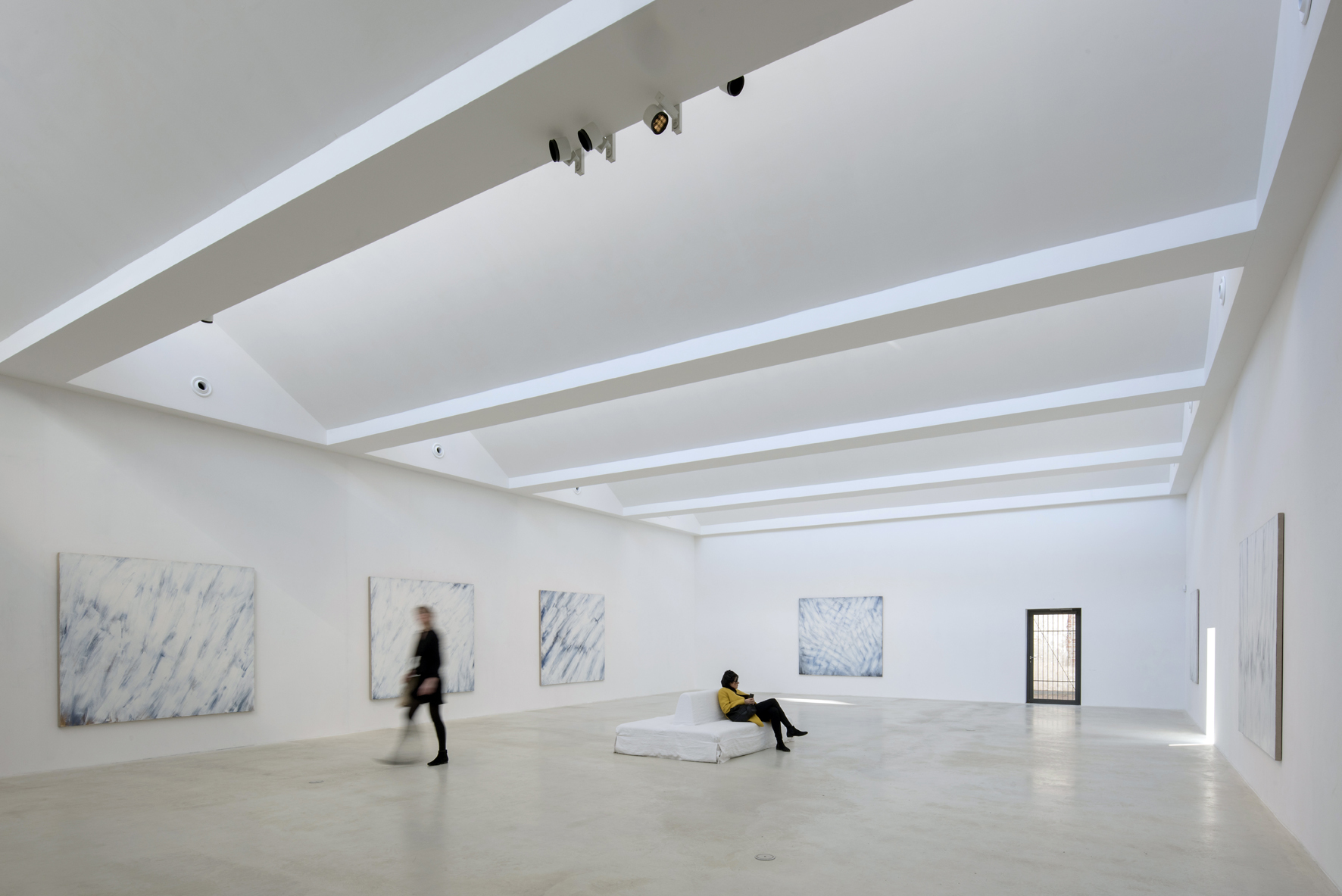
Photo: Thomas Mayer © ERCO GmbH
